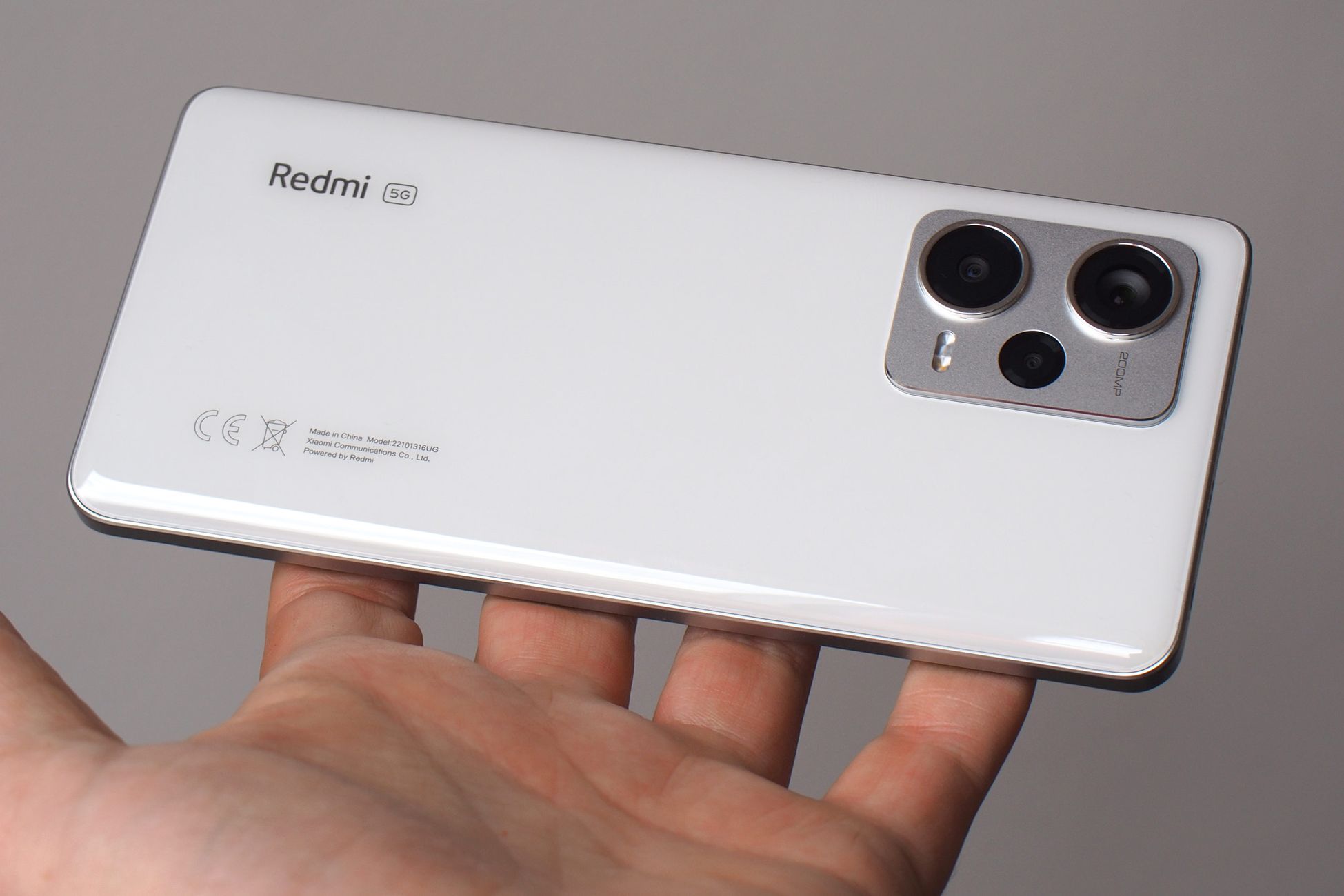
Google Pixel 7a
Camera Capabilities
Google Pixel 7a stands out with its exceptional camera capabilities. Featuring a 64MP primary sensor and a 13MP ultra-wide-angle lens, it excels in various lighting conditions. Google's camera software, including Night Sight and Portrait mode, enhances photo quality significantly.
Performance and Design
Powered by the Google Tensor G3 octa-core processor, paired with 8GB of RAM and up to 256GB of storage, the Pixel 7a ensures smooth performance. Its minimalist design and pure Android experience add to its appeal.
Battery Life
A 4,492mAh battery supports both 18W wired and 7.5W wireless charging, offering impressive battery life for extensive use.
Samsung Galaxy A35
Camera Features
Samsung Galaxy A35 offers a 50MP primary sensor, an 8MP ultra-wide-angle lens, and a 5MP macro lens. Samsung's photo processing software ensures clear, sharp photos even in low-light conditions. It also supports 4K video recording at 30fps.
Performance and Battery Life
Powered by the Samsung Exynos 1380 processor, with up to 8GB of RAM and 128GB of storage, the Galaxy A35 delivers reliable performance. A 5,000mAh battery with 25W fast charging provides excellent battery life.
Motorola Moto G Power 5G (2024)
Camera Capabilities
The Moto G Power 5G features a 108MP primary sensor, an 8MP ultra-wide-angle lens, and a 2MP macro lens. While its software may not match the Pixel 7a, it still delivers impressive results, especially in daylight.
Performance and Battery Life
Powered by the MediaTek Dimensity 7050 processor, with up to 8GB of RAM and 256GB of storage via microSD card expansion, the Moto G Power 5G ensures smooth performance. A massive 5,000mAh battery supports fast 20W wired charging.
Infinix Zero 30 5G
Camera Features
Infinix Zero 30 5G excels in the selfie camera department with a 32MP front sensor. It also features a 108MP primary sensor, a 13MP ultra-wide-angle lens, and a 2MP macro lens.
Performance and Battery Life
Powered by the MediaTek Dimensity 1080 processor, with up to 8GB of RAM and 256GB of storage, the Zero 30 5G offers reliable performance. A 5000mAh battery supports fast 33W wired charging.
Xiaomi Redmi Note 13 Pro
Camera Features
Xiaomi Redmi Note 13 Pro boasts a 200MP primary sensor, an 8MP ultra-wide-angle lens, and a 2MP macro lens. It supports 4K video recording at 30fps, making it suitable for high-quality video capture.
Performance and Battery Life
Powered by the Qualcomm Snapdragon 695 processor, with up to 8GB of RAM and 256GB of storage, the Redmi Note 13 Pro ensures smooth performance. A 5000mAh battery supports fast 67W wired charging.
Oppo Reno10
Camera Features
Oppo Reno10 features a 108MP primary sensor, an 8MP ultra-wide-angle lens, and a 2MP macro lens. It supports 4K video recording at 30fps, making it suitable for capturing high-quality videos.
Performance and Battery Life
Powered by the Qualcomm Snapdragon 695 processor, with up to 8GB of RAM and 256GB of storage, the Reno10 offers reliable performance. A 5000mAh battery supports fast 67W wired charging.
Choosing the Best Budget Camera Phone
When selecting a budget camera phone, consider several factors:
- Camera Capabilities: High-resolution primary sensors and multiple lenses (ultra-wide, macro) offer versatility.
- Display Quality: High-resolution displays with a high refresh rate (120Hz or higher) ensure smooth visuals.
- Performance: Capable processors and sufficient RAM handle demanding tasks.
- Battery Life: Large batteries with fast charging capabilities extend usage without frequent recharging.
- Design and Build Quality: Sleek designs and robust build quality enhance the overall user experience.
Budget camera phones have advanced significantly, offering impressive performance and camera capabilities without a hefty price tag. Whether you're an aspiring photographer or simply want to upgrade your mobile photography game, there's a budget camera phone that suits your needs. Consider these factors and explore the options listed to find the perfect device for capturing stunning photos and videos without emptying your wallet.
